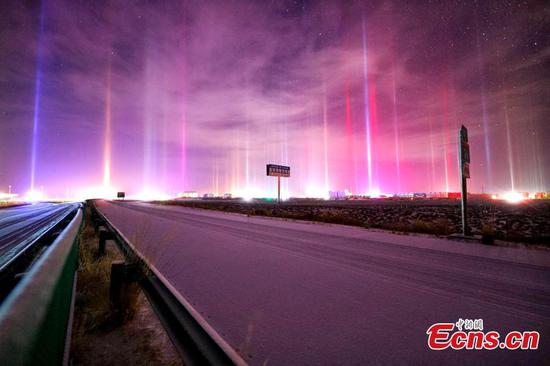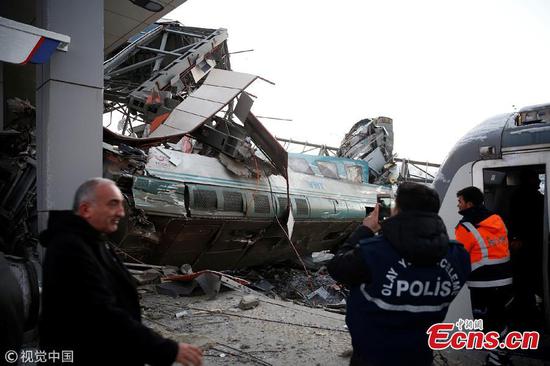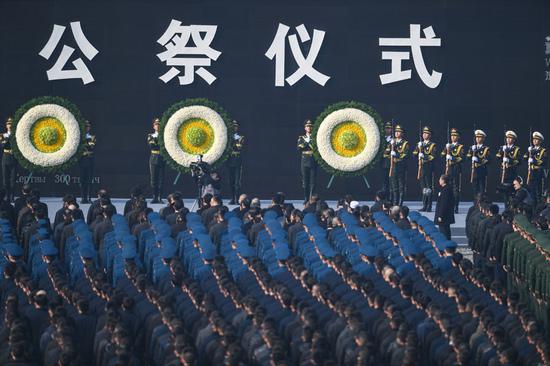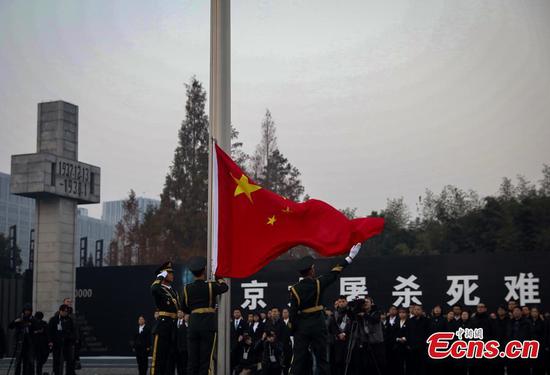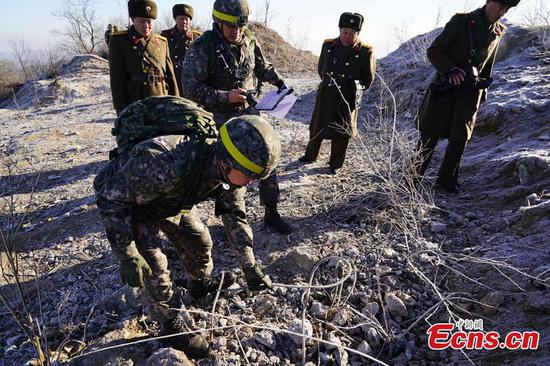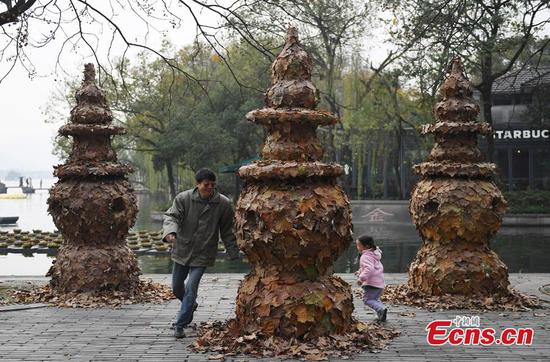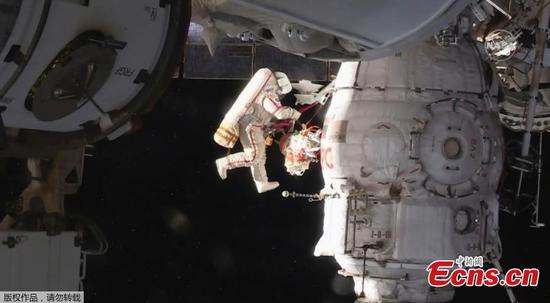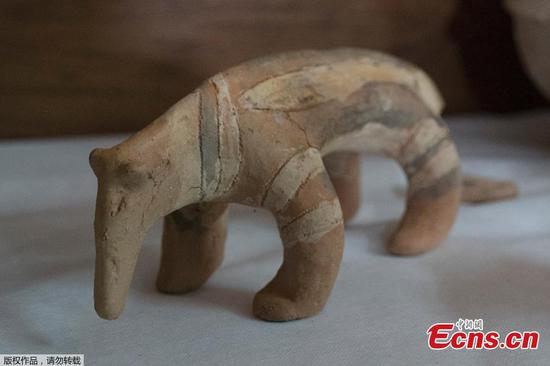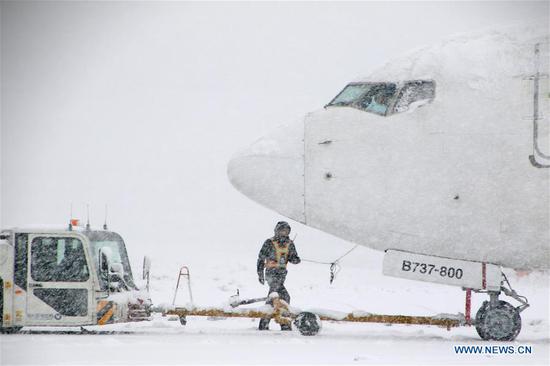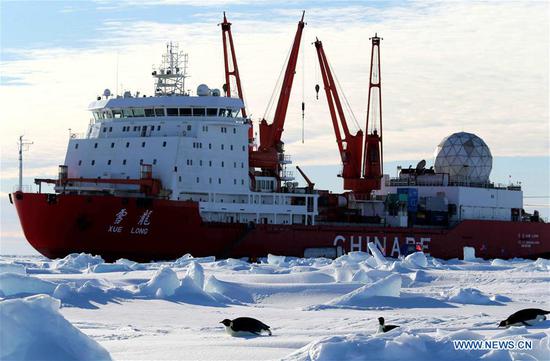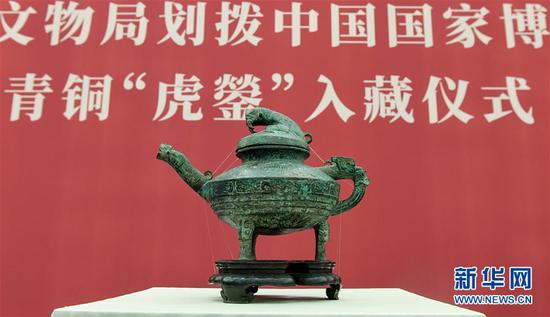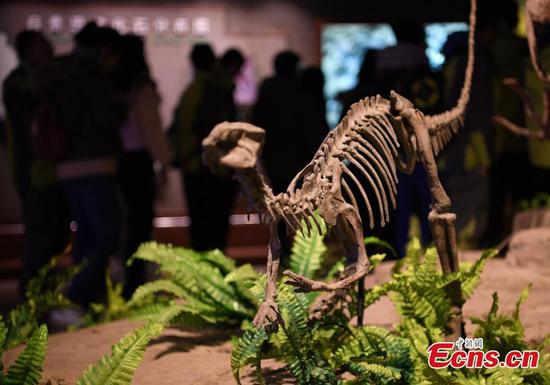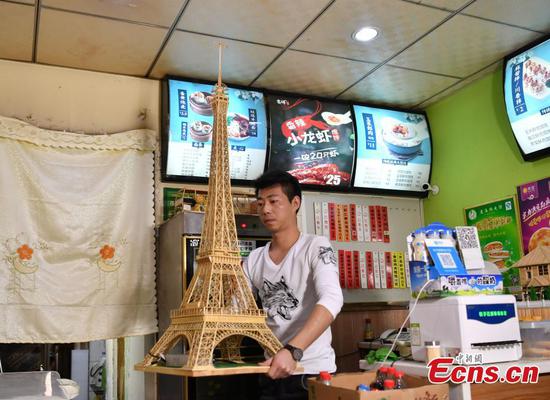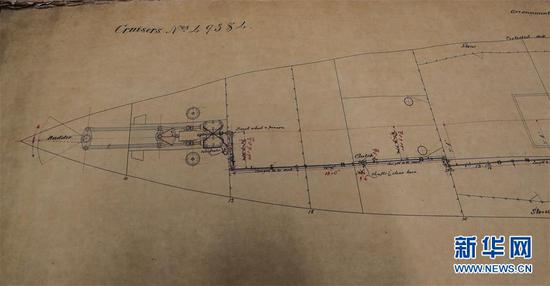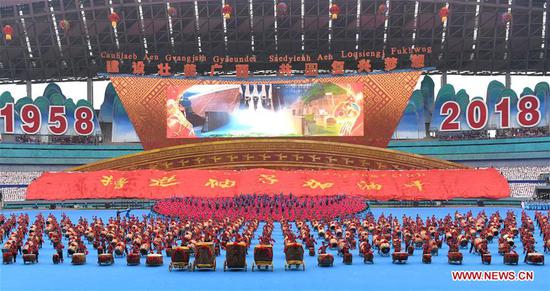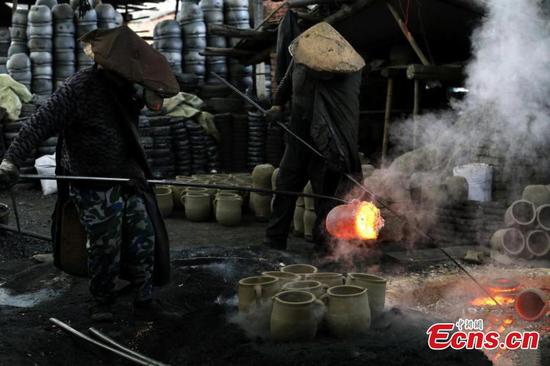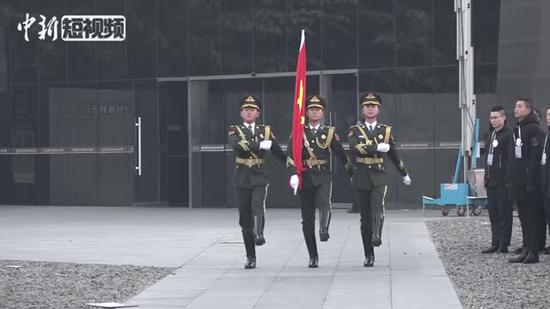Editor's Note:This is Part 1 of the six-part Yangtze diaries series based on journalist Erik Nilsson's recent 35-day, 2,000-kilometer journey to 11 cities to discover how the Yangtze River Economic Belt has transformed over the 40 years since the reform and opening-up.

Erik Nilsson (Photo provided to China Daily)
Shanghai's skyscrapers and auto industry bear testimony to how the reform and opening-up have transformed the metropolis and surrounding cities. Erik Nilsson explores its development as the starting point of a 2,000-kilometer journey along the Yangtze River Economic Belt.
I was almost run over by a robot in a car factory in Shanghai. Indeed, I suddenly found myself in the path of an automated machine that whizzes along a track on a Volkswagen plant's floor to move auto parts from one place to another.
I am, in fact, not an auto part. So, I jumped out of the way-just in the nick of time.
But the experience highlights how the sector is advancing, in no small part because of increasing automation.
I was touring the Volkswagen factory in Shanghai to learn about how the city's auto industry has accelerated in the past 40 years.
The visit was part of an 11-city, 2,000-kilometer, 35-day journey to discover how the reform and opening-up has transformed the Yangtze River Economic Belt, which accounts for about 40 percent of the country's population and GDP.
Shanghai-the metropolis where the Yangtze empties into the ocean-was a starting point for my journey and for the reform and opening-up along the belt.
The city was also a launch pad for the nation's auto industry and today remains a leader in the sector.









